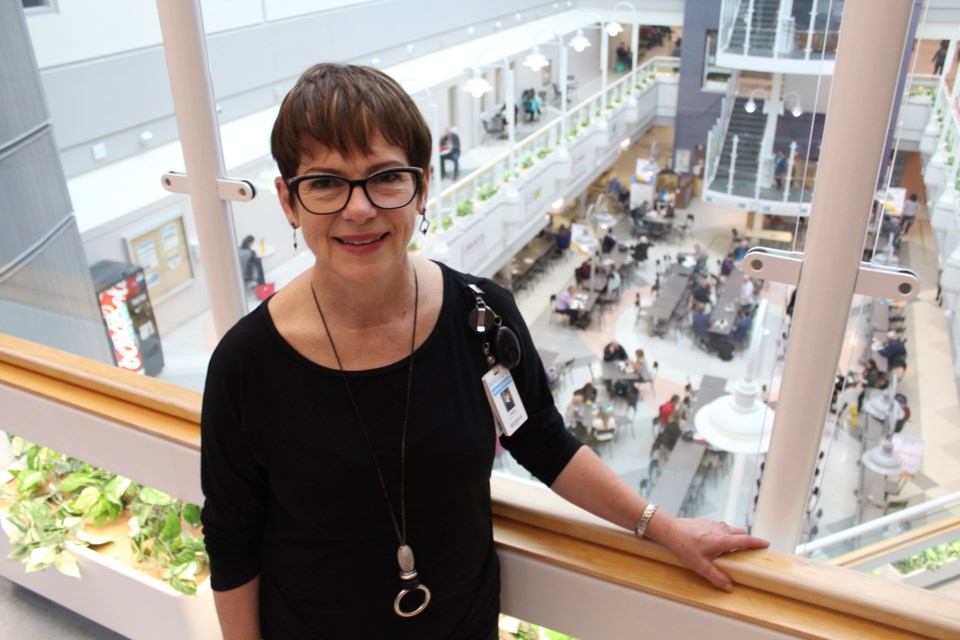Although the omicron variant is considered not as severe as other COVID-19 variants, the sheer number of cases increases the odds of hospitalizations and deaths.
Hospitals, as a result, are being overwhelmed just as they are experiencing staff shortages due to the pandemic, Simcoe-Muskoka medical officer of health Dr. Charles Gardner said during Wednesday's media briefing.
In a rare message to the community Wednesday afternoon, Royal Victoria Regional Health Centre (RVH) president and CEO Janice Skot also indicated that it has never before experienced anything like what it is currently dealing with.
On Dec. 31 the area reported 750 COVID cases locally, the highest number since the pandemic started.
The Simcoe Muskoka District Health Unit confirmed 87 people diagnosed with COVID had been admitted to local hospitals on Jan. 10 and 34 of them are local residents.
RVH reported Wednesday it was caring for 40 patients with COVID-19 and another 27 cases considered resolved. It is also experiencing outbreaks in four units, which includes 35 staff members.
Skot said hospitals are experiencing “one-two punch” with an increase in both hospitalized patients and staff absenteeism, creating sustained pressure given the “swift and unpredictable impact of the omicron variant is far worse than anticipated.”
“As the omicron variant rages across our region, the number of COVID patients in our health centre has more than quadrupled since Christmas," she said in the message. "To ensure we have enough beds for these sick patients, RVH has opened a second COVID unit and expanded space in its regional pandemic response unit field hospital.
"We are ready to open more critical care beds, if needed,” Skot added.
With increased hospitalizations comes the need to move patients to the Barrie hospital from elsewhere or from Barrie to another facility. Last spring, 220 patients were transferred to RVH from the Greater Toronto Area.
Meanwhile, RVH reports 250 staff members are off work every day as a result of the pandemic, requiring continuous staff adjustments.
Ontario hospitals have paused non-emergency surgeries and procedures, and many clinic visits have been replaced by virtual consultations, allowing them to free up beds and redeploy staff to areas where the need is most urgent.
Visitor restrictions are also in place to limit entry to the north-end facility.
“Despite the incredibly demanding circumstances, RVH’s exhausted staff and physicians are doing their absolute best to care for you, working long hours and additional shifts to ensure safe staffing levels. Please be understanding, be kind and treat them with the respect they deserve,” Skot said in the message.
She asked that people not requiring hospital-level care to seek help from a family doctor or visit a walk-in or urgent care clinic, and she warned that the growing number of hospitalizations means the wait at the emergency department could be lengthy.
In an attempt to help with nursing shortages, the provincial government announced that it expects about 1,200 internationally trained nurses to start working in Ontario’s health-care system, as many as 300 this week. That is expected to be rolled out by Ontario Health and the College of Nurses. How that might impact staffing locally remains unclear.
“I am concerned,” Gardner said during today's briefing, which instead of concentrating on a breakdown of local numbers, as he has done since the start of the pandemic, he focused on the issues and changes in how the health unit is approaching the crisis with the number of cases continuing to soar.
“We are indeed seeing a very large number of cases here," he said.
